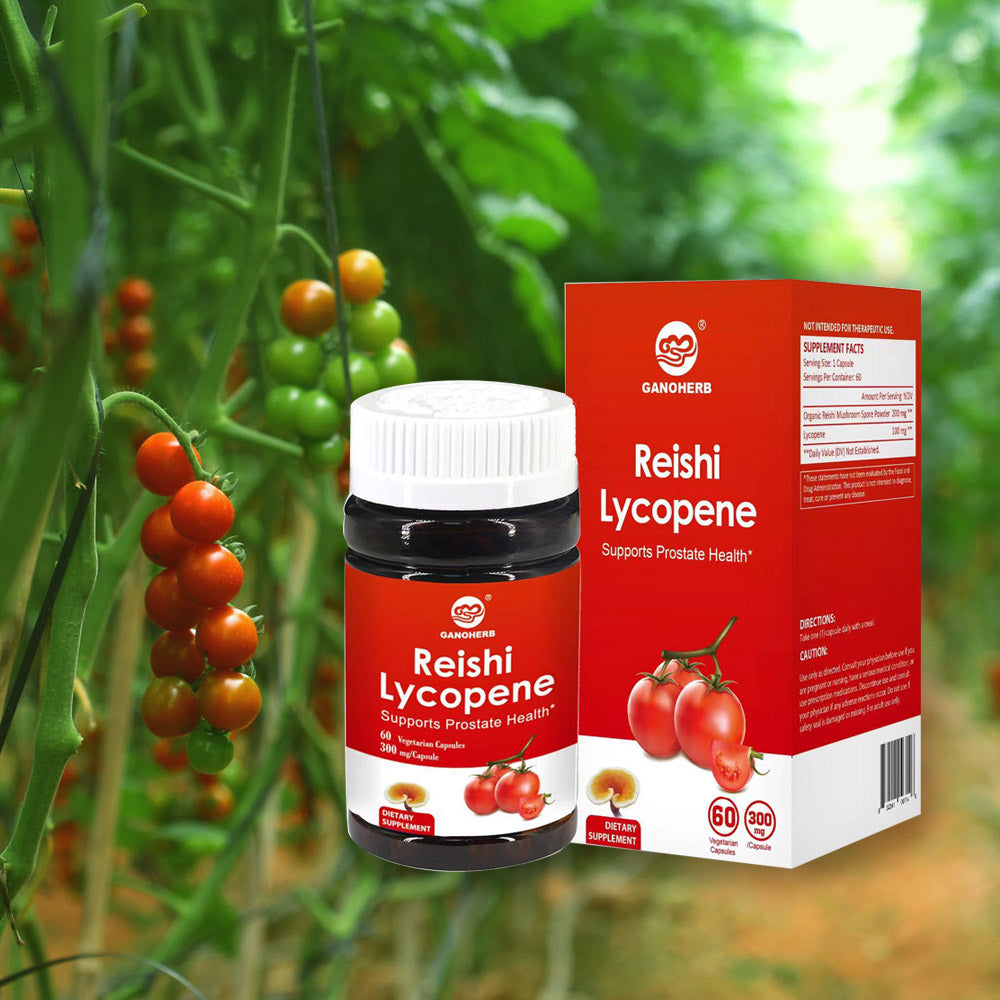Ganoderma Extract: Origins, Production and Properties Explored
For centuries, the distinctive, varnished fruiting bodies of fungi belonging to the Ganoderma genus, particularly Ganoderma lucidum, have held cultural significance across Asia. Often referred to by names like Lingzhi or Reishi, the material derived from these fungi, widely known as ganoderma extract, is a subject of significant modern interest beyond traditional contexts. This article delves into the multifaceted nature of ganoderma extract, exploring its botanical origins, the complexities of its production, its inherent chemical makeup, its observable physical characteristics, and the diverse contexts in which it is encountered today. Understanding ganoderma extract requires moving beyond simplistic narratives and appreciating its journey from forest symbiont to processed material.

1. Botanical Origins and Identification of the Ganoderma Genus
The foundation of any ganoderma extract lies in the fungi themselves. The genus Ganoderma belongs to the family Ganodermataceae within the order Polyporales. These are wood-decaying fungi, primarily saprophytic (feeding on dead organic matter) but also capable of acting as parasites on living trees. They play a crucial ecological role in forest decomposition cycles.
Morphological Characteristics: Ganoderma species are characterized by their typically large, perennial, shelf-like (bracket) fruiting bodies. These basidiocarps possess a distinctive hard, woody or corky texture and a conspicuously shiny, lacquered surface that can range in color from deep reddish-brown to black, sometimes with concentric growth zones. The pore surface underneath is usually white to cream, turning brown when bruised or with age. The presence of double-walled, ornamented basidiospores is a key microscopic diagnostic feature.
Habitat and Distribution: Found globally, Ganoderma species thrive in both temperate and tropical forests. They commonly grow on the trunks or stumps of deciduous trees like oak, maple, and elm, although some species favor conifers. Ganoderma lucidum sensu lato (in the broad sense) is the most commonly referenced species concerning ganoderma extract, but taxonomy within the genus is complex, with numerous species often requiring molecular techniques for precise identification. Accurate species identification is fundamental for consistent ganoderma extract sourcing.
Cultivation: Due to high demand and challenges in wild harvesting, cultivating Ganoderma lucidum and related species has become a major industry. This involves inoculating sterilized substrates, typically composed of sawdust, wood chips, and grains, under controlled environmental conditions (temperature, humidity, light). Cultivation allows for standardized growth and a more reliable supply chain for producing ganoderma extract.
2. Production Methods: From Fungal Material to Ganoderma Extract
The transformation of the raw fungal material into a usable ganoderma extract involves several critical processing steps. The chosen methodology significantly impacts the final composition and properties of the ganoderma extract.
Raw Material Preparation: Cultivated or wild-harvested fruiting bodies are cleaned to remove debris. They are then typically sliced or ground to increase surface area, facilitating more efficient extraction. Sometimes, mycelium (the vegetative part of the fungus grown in liquid or solid-state fermentation) is used instead of, or alongside, fruiting bodies as the source material for ganoderma extract.
Extraction Techniques: This is the core process where soluble components are separated from the insoluble fungal matter. Common methods include:
Hot Water Extraction: The most traditional and widely used method. Powdered material is simmered in water for extended periods (hours to days). This primarily solubilizes hydrophilic compounds like polysaccharides. The resulting decoction is then filtered and concentrated.
Solvent Extraction (e.g., Ethanol): Employing solvents like ethanol, methanol, or mixtures (sometimes with water) targets different compound groups, particularly more lipophilic constituents like triterpenes. This can be done at room temperature or with reflux. Multiple extractions with different solvents are sometimes performed sequentially.
Modern Techniques: Methods like Supercritical Fluid Extraction (SFE), often using CO2, are increasingly used, especially for isolating non-polar compounds efficiently and potentially with higher purity. Ultrasound-assisted extraction (UAE) and microwave-assisted extraction (MAE) are also employed to reduce extraction time and solvent usage.
Post-Extraction Processing: The crude extract solution undergoes further refinement:
Filtration: Removal of insoluble particulates.
Concentration: Reducing the solvent/water volume, often under vacuum to avoid thermal degradation, resulting in a thick paste or syrup. Spray drying is then frequently used to convert the liquid concentrate into a stable, free-flowing powder – the most common commercial form of ganoderma extract. Freeze-drying (lyophilization) is another option, often yielding a higher quality but more expensive powder.
Standardization: While not directly related to efficacy, some manufacturers aim to standardize ganoderma extract batches to contain specific levels of marker compounds (e.g., polysaccharides or triterpenes) for consistency.

3. Chemical Composition: A Complex Mixture
Ganoderma extract is not a single compound but a heterogeneous mixture encompassing a wide array of chemical constituents derived from the source fungus. The specific profile varies dramatically based on the species, strain, growth conditions (wild vs. cultivated, substrate), part used (fruiting body, mycelium, spores), and crucially, the extraction method employed.
Polysaccharides: A major component class, particularly prominent in hot water extracts of ganoderma extract. These are complex carbohydrates, including beta-glucans (like beta-(1→3)-D-glucans with beta-(1→6) branches), heteropolysaccharides (containing multiple sugar types like glucose, mannose, galactose, fucose, xylose), and glycoproteins (polysaccharides bound to proteins). Their molecular weights and branching structures are highly diverse.
Triterpenes and Triterpenoids: These are another significant group, especially concentrated in solvent extracts. Ganoderma species are known for their unique, highly oxygenated lanostane-type triterpenes (e.g., ganoderic acids, lucidenic acids, ganoderenic acids). Hundreds of distinct triterpenoids have been identified in ganoderma extract, contributing to its characteristic bitter taste.
Proteins and Amino Acids: Ganoderma extract contains various proteins, peptides, and free amino acids. This includes enzymes and glycoproteins.
Nucleotides and Nucleosides: Compounds like adenosine, guanosine, and uridine are present in varying amounts.
Sterols: Ergosterol (a fungal provitamin D2 precursor) and its derivatives are common sterols found in the extract.
Minerals: Potassium, calcium, magnesium, iron, zinc, manganese, germanium, and others are present as inorganic constituents.
Other Constituents: This includes vitamins (e.g., some B vitamins), alkaloids (in trace amounts), fatty acids, and phenolic compounds. The precise combination and concentration of these myriad compounds define the chemical fingerprint of any given ganoderma extract.
4. Physical and Sensory Properties
The characteristics of ganoderma extract, particularly in its final powdered form, have practical implications for handling, storage, and potential applications.
Appearance: Powdered ganoderma extract typically ranges in color from light tan to deep reddish-brown, depending on the source material and extraction process. Hot water extracts tend to be lighter (tan/beige), while alcohol extracts retaining triterpenes are often darker brown. The powder should be fine and free-flowing if properly spray-dried.
Solubility: This is highly dependent on the extraction method:
Hot water ganoderma extract powders are generally soluble or dispersible in water but may have limited solubility in organic solvents.
Alcohol-based ganoderma extract powders may dissolve better in ethanol or other organic solvents but can be less soluble in water, sometimes forming suspensions.
Full-spectrum extracts or those processed with emulsifiers might exhibit different solubility profiles.
Taste and Odor: Ganoderma extract is notoriously bitter, primarily attributed to its triterpene content. The bitterness intensity correlates roughly with triterpene concentration. The odor is often described as earthy, woody, or mushroom-like. These strong sensory properties significantly influence how ganoderma extract can be incorporated into other products and often necessitate flavor masking techniques.
Stability: Properly dried and packaged ganoderma extract powder is relatively stable. However, factors like moisture, heat, light, and oxygen can lead to degradation over time, potentially altering color and composition. Storage in cool, dark, dry conditions in airtight containers is recommended for maintaining the physical integrity of the ganoderma extract.
5. Contemporary Contexts and Applications
Beyond its historical and cultural background, ganoderma extract finds itself integrated into various modern industries and product categories. Its presence is driven by its unique chemical profile and sensory characteristics.
Beverages: Ganoderma extract, particularly hot water extracts, is a common ingredient in specialized coffees and teas. These products often highlight the earthy flavor profile associated with the fungus. Instant beverage mixes featuring ganoderma extract are also widely available. The inherent bitterness requires careful formulation.
Culinary Applications: Powdered ganoderma extract is sometimes used as a flavoring agent in soups, sauces, and savory snacks, contributing an umami or earthy depth. Its use here is primarily for taste, leveraging its unique mushroom-derived flavor compounds.
Cosmetics and Personal Care: The diverse chemical constituents in ganoderma extract, including polysaccharides and antioxidants, have led to its inclusion in skincare formulations like creams, serums, and masks. Its role in these products is often framed around its general properties as a botanical ingredient, such as providing texture or acting as a potential moisturizing agent.
Functional Foods and Dietary Ingredients: Ganoderma extract is frequently incorporated into a wide array of products like capsules, tablets, powdered drink mixes, and fortified foods. Its presence in this category is substantial, positioned as a component of dietary regimens based on its origin as a fungus with a complex chemical makeup.
Research Subject: Ganoderma extract remains a significant focus of scientific inquiry. Researchers investigate its complex chemistry, methods for improving extraction yields and specificity, analytical techniques for characterization and quality control, and its interactions with other materials. Understanding the fundamental properties of ganoderma extract drives much of this research.
Cultural Symbolism: While not a direct application, the cultural weight carried by the Lingzhi/Reishi mushroom inevitably influences the perception and marketability of ganoderma extract, even in modern contexts where traditional narratives might be minimized. Its association with natural origins persists.
Ganoderma extract represents the concentrated essence derived from a remarkable genus of fungi. Its journey involves intricate botanical identification, sophisticated production techniques, and results in a chemically complex substance with distinct physical and sensory traits. From its ecological role in forests to its integration into modern product categories like beverages, foods, and cosmetics, ganoderma extract occupies a unique space. Appreciating it requires an understanding of its multifaceted nature – its origins in the Ganoderma genus, the science behind its extraction and composition, its inherent properties, and the diverse contexts in which it is now utilized. While deeply rooted in tradition, contemporary interest in ganoderma extract is firmly grounded in its tangible characteristics and the ongoing scientific exploration of its fundamental properties.











